Various bank accounts are available for foreign students in the United States, such as the HSBC USA International Student Account, Capital One 360 Checking Account, and Wells Fargo Student Checking Account. Get complete information about the best bank accounts in USA for international students.
For overseas students, opening a student bank account in the United States can be confusing. This article discusses some of the top bank accounts for international students in USA. Keep reading to know more about the types of bank accounts in the US, selecting the right bank account, the process of opening an international bank account, and much more!
Table of Contents
- List of Best Bank Accounts for International Students in USA
- What is an International Bank Account?
- How to Open an International Bank Account?
- How do International Bank Accounts Work?
- Is it Legal to Have an International Bank Account?
- Types of Bank Accounts for International Students in USA
- What is the Minimum Balance in a Foreign Bank Account?
- Reasons to have an International Bank Account
- Can International Students Open Bank Accounts Online?
- Benefits and Extras Explained
- How to Select the Best Bank Accounts for International Students in USA?
List of Best Bank Accounts for International Students in USA
Following is a list of some of the best banks accounts in the USA for international students:
- Bank of America Advantage SafeBalance Banking
- Wells Fargo Student Checking Account
- HSBC USA International Student Account
- U.S. Bank Student Checking Account
- TD Bank TD Student Checking
- Capital One 360 Checking Account
- Chase College Checking Bank Account
- Keybank student Checking Bank Account
What is an International Bank Account?
In order to pursue higher education abroad, it is not advisable to carry large amounts of cash with you. For payments, withdrawals, and transactions, it's best to deposit your money into a secure account. A foreign bank account makes this process easier. These bank accounts facilitate smooth and efficient monetary management for international residents, just like a localized bank.
Each account has a specific IBAN (international banking account number), that uniquely identifies the customer’s banking details at its financial institution. IBAN numbers consist of numerical digits from 0 to 9 and alphanumeric characters formed using alphabetic characters A to Z.
How to Open an International Bank Account?
So now you know which bank account is right for you, what you’re probably wondering is how you go about opening your new bank account. Luckily, it’s now easier than ever to open a new bank account, provided you have the correct documents. You will need several things in order to open your new bank account. These are:
- Your passport
- Student visa (if you’re an international student) as well as your I-94 card and I-20 form
- Debit/Credit card from your own country (if you’re an international student)
- Credit history report
- Proof of enrollment document (acceptance letter)
- A utility bill (not phone) dated less than 3 months from today or any government-issued document including your address as well as your last three bank statements
- The amount of money you wish to deposit into your new account
Nearly all banks allow you to apply for a new bank account online in just a few minutes, by simply entering in the information you’re asked for. However, if this option is not available for you (perhaps if you are an international student trying to open a bank account) you can make an appointment with a bank branch to sort it out in person.
How do International Bank Accounts Work?
International bank accounts operate like any other bank. They help customers by offering their best financial services, such as payment accounts, and ensuring safe monetary services to foreign clients which in this case is international US students being aided by their every step of the way. Every bank has an individual banking policy outlining how they conduct their business.
Is it Legal to Have an International Bank Account?
Yes, it is legal to open an international bank account as a student in a foreign country. Most students/clients are required to maintain a minimum balance to ensure smooth financial transactions at a low cost.
Types of Bank Accounts for International Students in USA
The first activity international students need to do is to choose an account type. There are two different types of bank accounts in the US – checking accounts and savings accounts.
- Checking account: A checking account allows you to deposit and withdraw money as often as you like. Usually, when you open a checking account you receive a checkbook and a debit card. Most international students will only need to open a checking account to pay for their living costs while studying in the US.
- Savings accounts: A savings account is a place to collect money over a longer term. Some students may consider opening one of these if they are working or want to save money for travel or emergencies.
What is the Minimum Balance in a Foreign Bank Account?
There is no specific upper limit. Students are required to maintain a minimum balance and the minimum amount differs from bank to bank. Students are free to decide how much money they wish to keep in their bank accounts and manage their transactions according to their needs.
Reasons to have an International Bank Account
The best reason for international students in the USA to have an international bank account is to be able to have a legal and secure way of moving their money for paying semester fees or tuition fees whether they be semesterly or yearly in nature. Also if international students have a bank account they also receive financial services like digital banking and card systems such as banking debit or credit cards. Also given these facilities are made available to any international student they can access their funds given any time in case of emergency.
Can International Students Open Bank Accounts Online?
International students can apply for an account online with relevant documents. Although many banks allow you to open a bank account online, some may require you to go into a branch. Your student visa and any other documents, visa status confirm your right to live and study in the US. Proof that you’re studying there, from the university is some essential documents required for verification. Some banks only allow students to open accounts with a specific student visa such as an F1 visa (for academic studies), J1 Visa (practical training), or M1 Visa (vocational studies). It is important that you check with the bank to know all the requirements.
Benefits and Extras Explained
Banks often try to entice students with a variety of extras and benefits – but what do they mean? Before we start comparing the different student checking accounts on offer in the US, we’ll give you a quick run-through of the different perks banks may use to compete.
ATM Charges
In the US, banks will often charge you if you take money from another bank’s ATM. As you will see in the table below, some banks will offer an extra benefit by reducing the fees you will be charged for using another bank’s ATM.
Others will compete by offering a large number of ATMs around the country. This is particularly common in larger banks, such as Bank of America and Chase bank, which have a lot of branches.
Cash Bonuses
You may see this and think – free money! However, beware that this may come with certain restrictions, such as having to deposit a certain amount in the bank account each month. But in the end, yes, it is free money.
Overdraft Protection
When you spend more money than you have in your student bank account, you will go into an overdraft. When this happens, your bank may decline your payment and possibly charge you a non-sufficient funds (NSF) fee. Overdraft protection will stop this from happening by allowing your transactions to go through, even if you don’t have the money in at the moment.
Your bank may offer several options: linking an eligible savings account which automatically transfers money over from a savings account to cover the amount, linking a credit card, overdraft line of credit (a line of credit for overdrafts based on your creditworthiness), or even overdraft coverage for one time transactions. However, it’s worth noting that all of these come with potential fees, so bear this in mind before you go on a massive online shopping spree!
Monthly Service Fees
Monthly service fees are fees that banks charge on a monthly basis to maintain your bank account, and are usually between US$6 and $50 per month, depending on the bank and the type of account you open. These fees can easily be avoided, however. For example, they are often waived as a benefit of student bank accounts and can also often be avoided by having a regular monthly deposit or keeping a certain amount of money in your bank account. Make sure you check your chosen bank to verify their policy on monthly service fees.
How to Select the Best Bank Accounts for International Students in USA?
There are two types of bank accounts for international students in USA: a savings account, and a checking account. A savings account is ideal for a better interest rate and to save money over an extended period or for students planning to work part-time. Whereas, a checking account allows you to deposit, withdraw, and send money online as often as you would like.







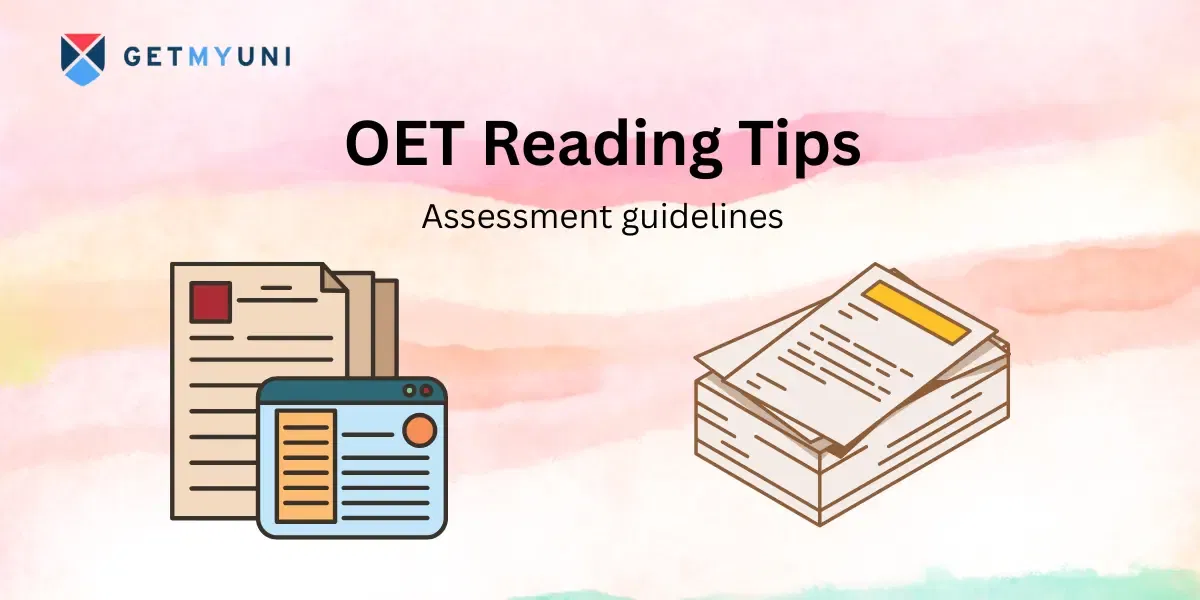




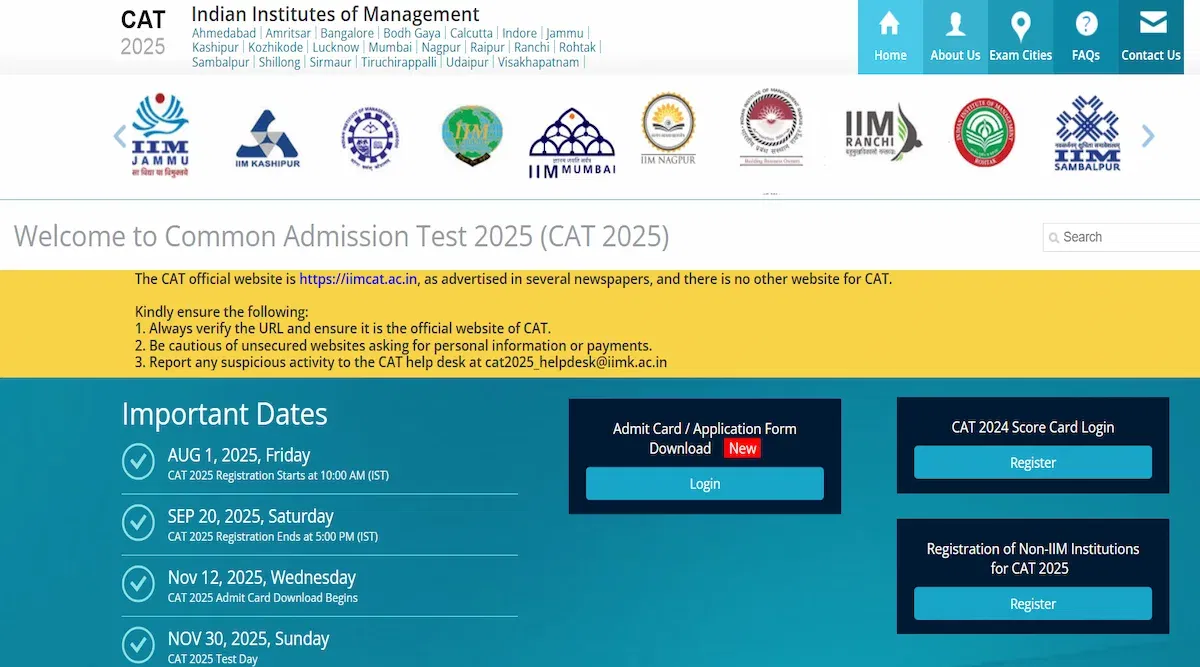
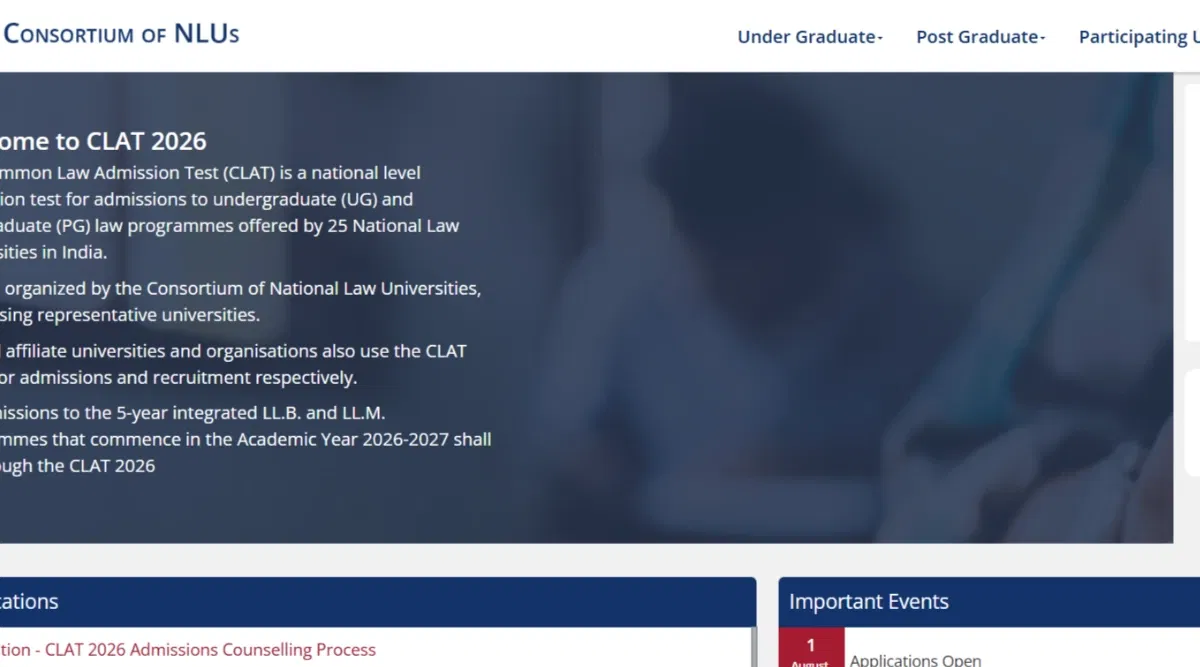



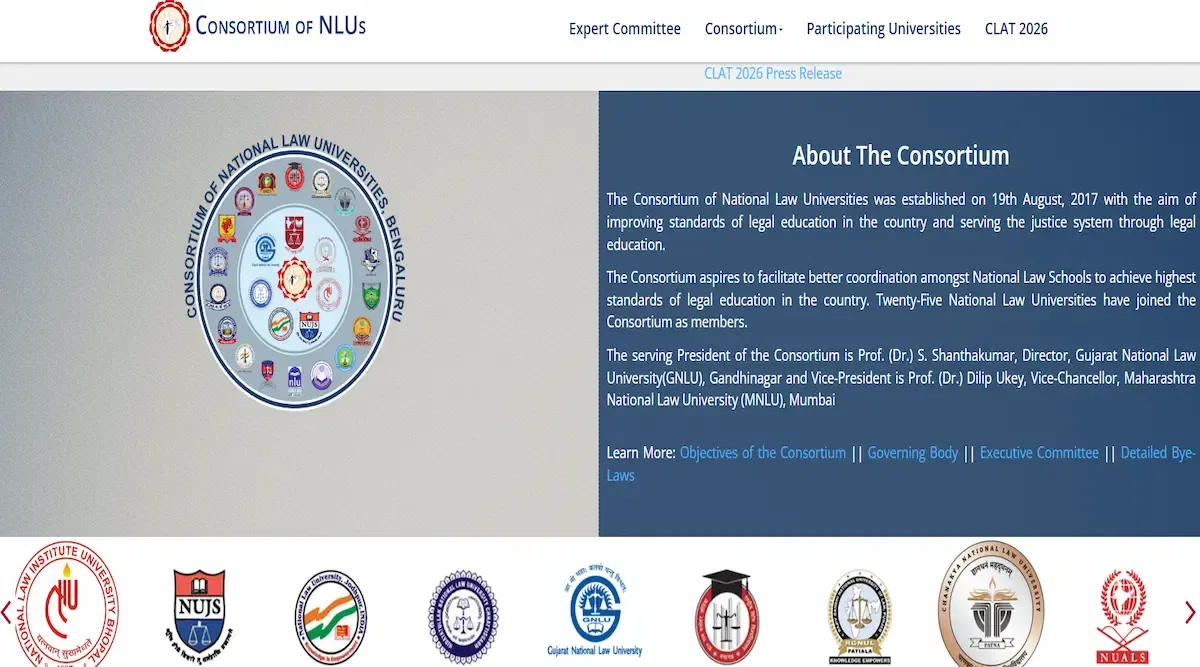
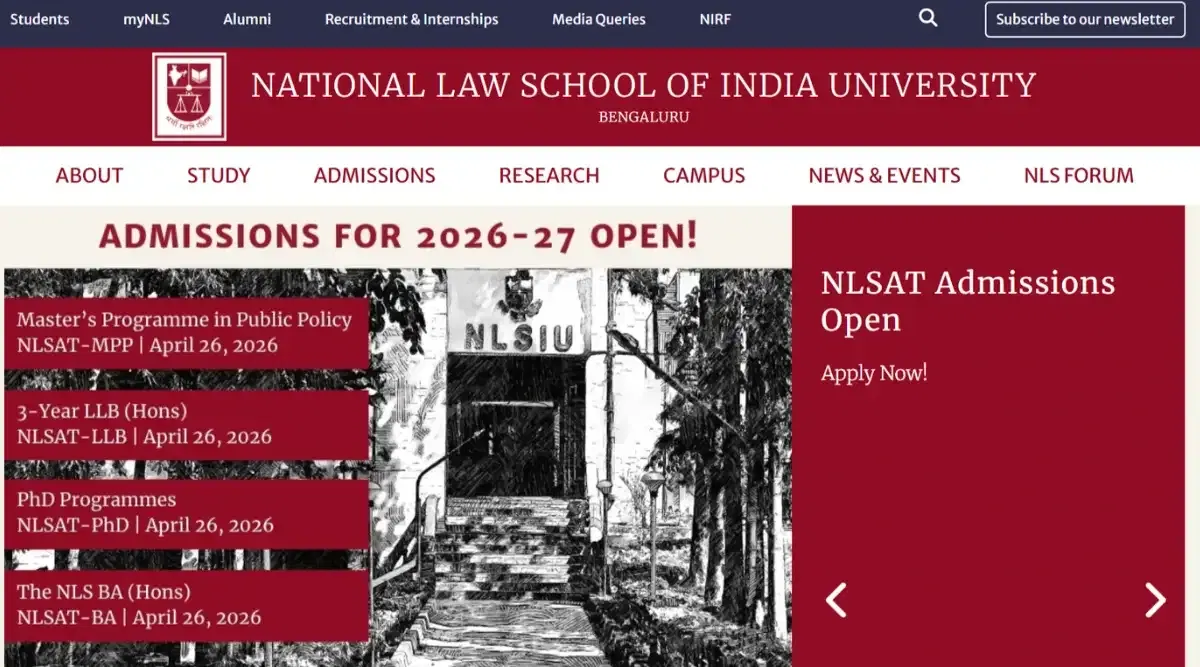
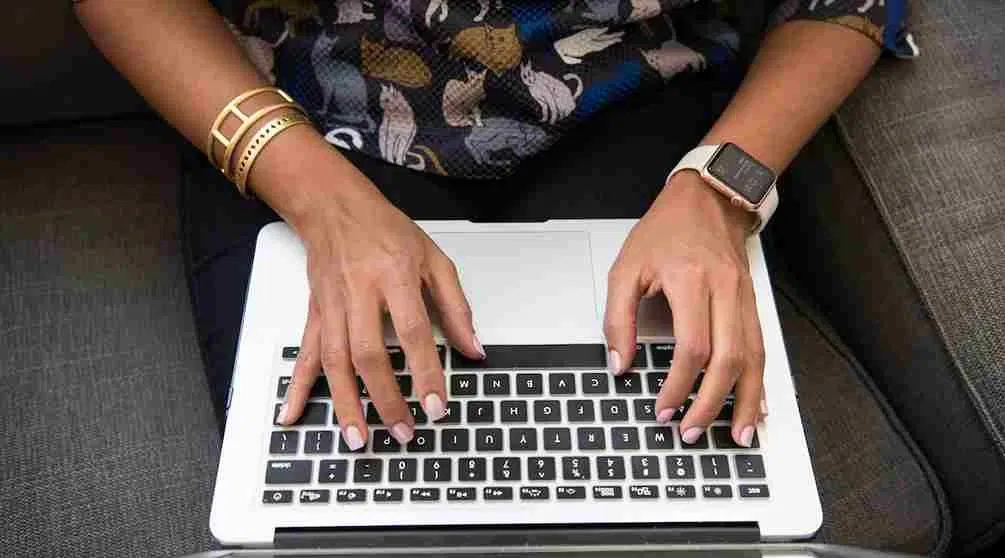



POST YOUR COMMENT